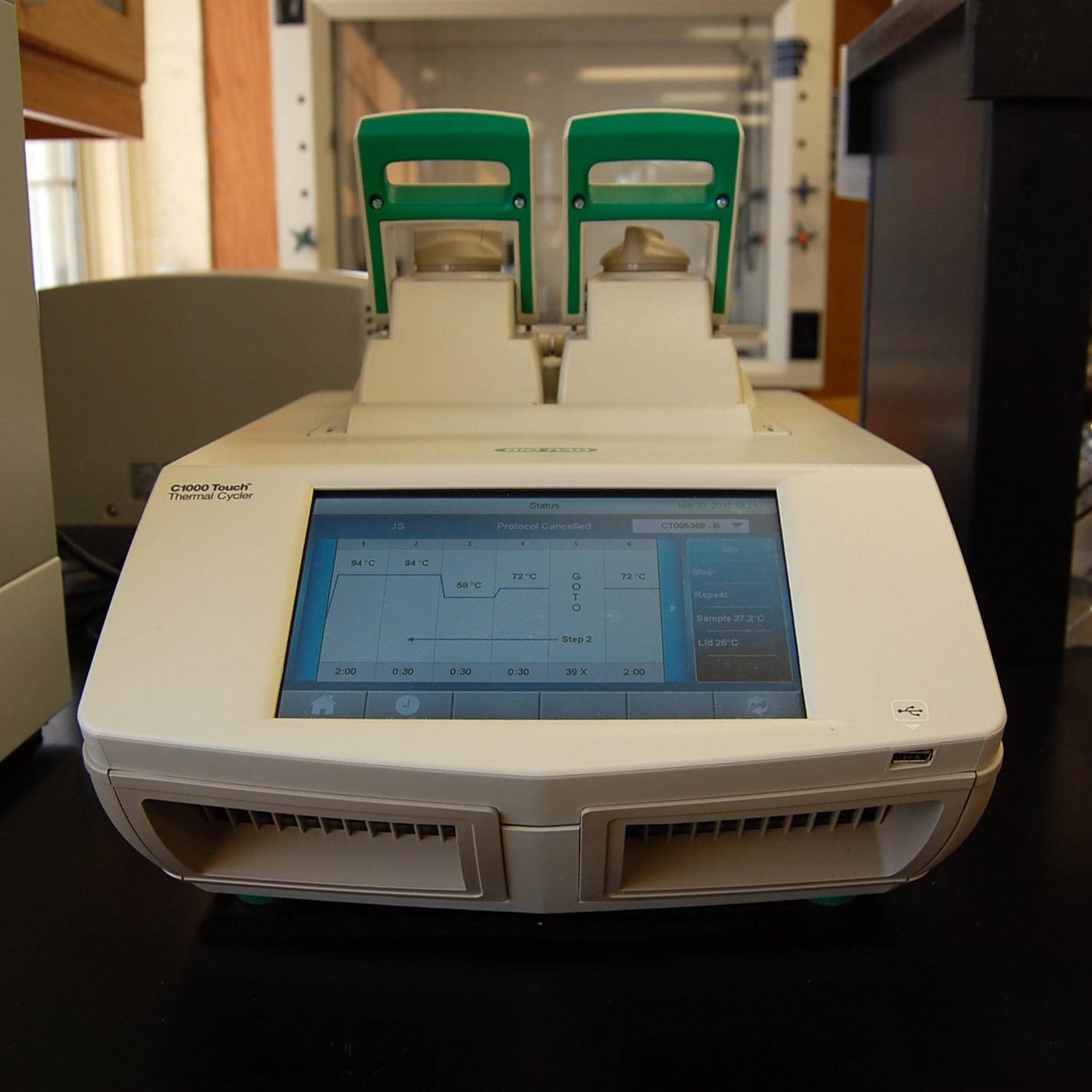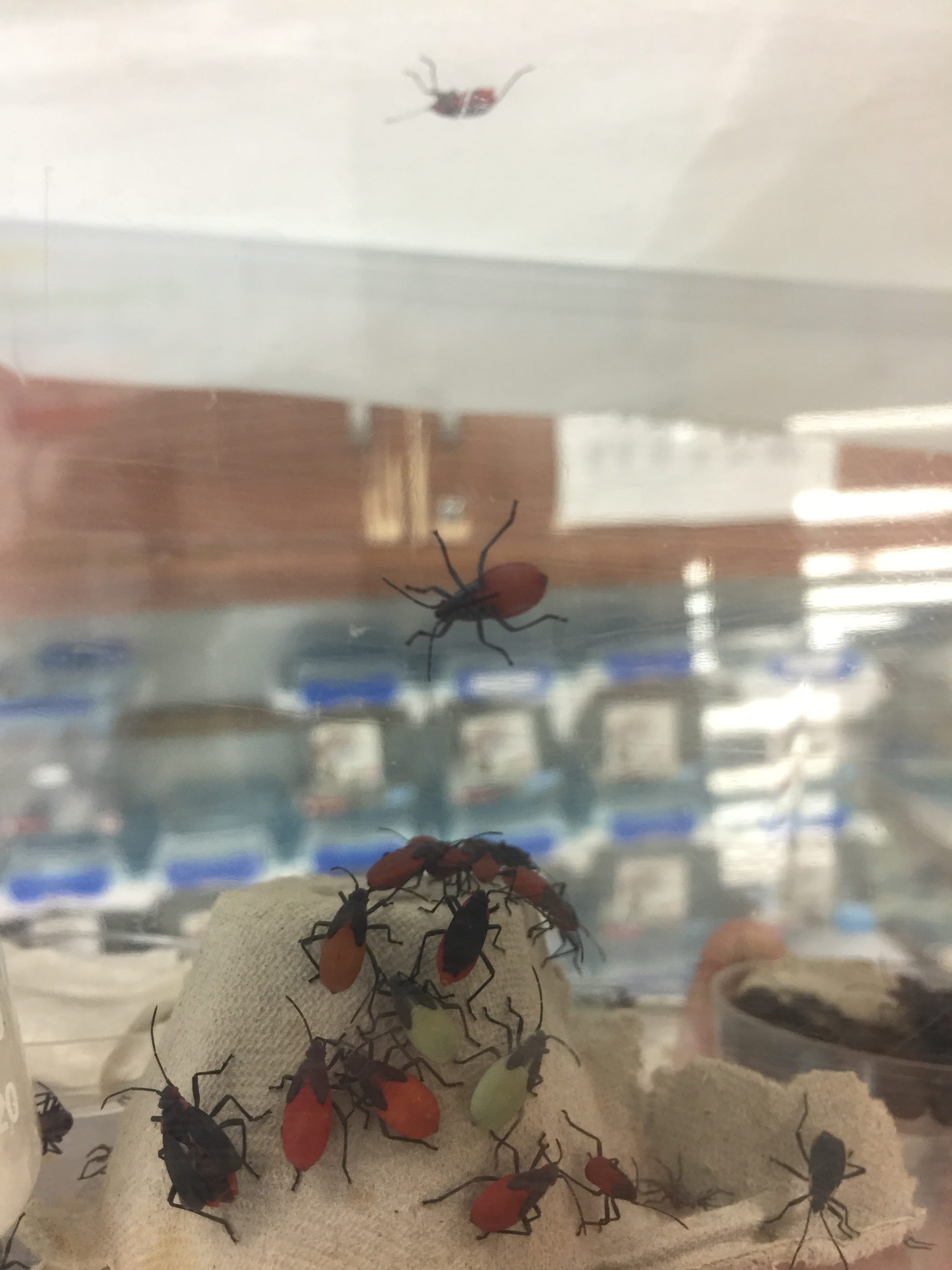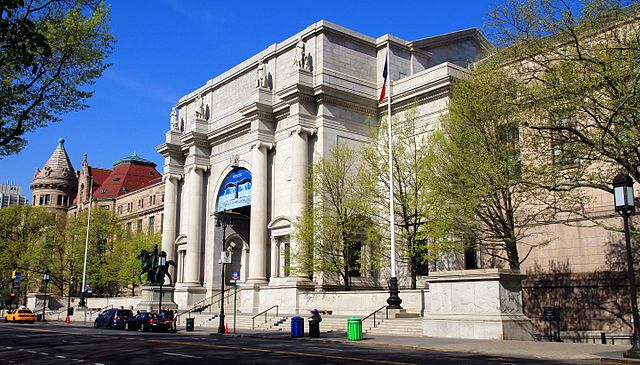People who aren’t familiar with molecular biology are often eager to visit a lab. But in reality, much of the equipment is similar in function to kitchenware. We have a microwave, a blender, even a salad spinner. While they’re never used for cooking, they do pretty much what you’d imagine. So, when I give tours of the lab, folks are sometimes a bit underwhelmed. Perhaps they hope for huge machines with wires and tubes? Nevertheless, every molecular biology lab has one device that should be looked at with a tingly sense of awe, once you know what it can do. A thermocycler, also called a “PCR machine”, is a device used to make DNA.
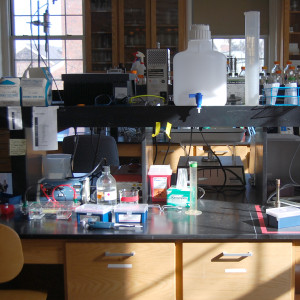
The genetic instructions that encapsulate all the potential of a living thing are encoded in the sequence of chemical subunits that comprise DNA. In the language of chemistry, these subunits are alkaline or “basic”. DNA includes different types of bases, and they can appear in any order. For more than 50 years, biology has been engaged in deciphering these genetic instructions, understanding how they are read, how they can be damaged, and how they change with evolution.
Every cell contains a complex sequence of DNA bases, linked in two strands, millions long, twisting around one another. This is the “double helix”. The two strands contact each other and fit a bit like puzzle pieces. Importantly, at any point along the helix a base on one strand requires a particular “complementary base” on the other strand. This is a bit like a photographic negative and positive image. They are different–reversed in a way–, but each can be used to determine what the other should look like.
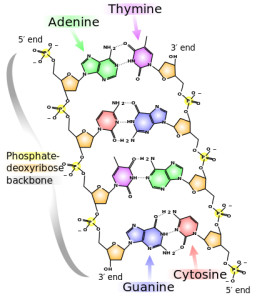
While the amount of DNA in a cell is tiny by everyday standards, it’s still large and complex enough that studying those instructions, the DNA base sequence, can be daunting. For some sense of the scale, the gene encoding the insulin protein is about one half of one millionth of one percent of all the DNA in a human cell. So how can you study just one part of this complexity? That’s where the thermocycler comes in.
Typically, to do anything useful with DNA, a person needs a large amount of DNA with the same, relatively short sequence, such as the DNA sequence encoding the insulin protein. If this is your focus, then all the rest of the genome is better off ignored. This narrowed focus can be achieved by mixing a solution with two types of DNA. First, a small amount of DNA from the organism being studied will provide the DNA sequence you want to study: human DNA, if we’re studying the gene sequence of human insulin. The second DNA, called a primer, is artificially synthesized. This DNA only needs to be about two dozen bases long. Many companies make it their business to synthesize these short custom DNAs to be sold to researchers. Critically, primers must complement the outside edges of the target sequence. These DNAs are mixed with free, unincorporated DNA bases and a protein called polymerase. This protein adds new subunits to an existing DNA strand.
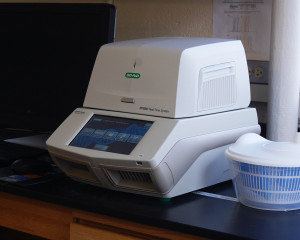
A thermocycler is basically a precise, programmable heater, and it is most often used in a procedure called the polymerase chain reaction (PCR, for short). The solution of DNA, bases, and polymerase is heated nearly to boiling in order to separate the two, long strands of the organism’s DNA. Next, it’s cooled slightly to allow the primers to pair with their complementary bases on the organism’s DNA. At this point, the polymerase will add new subunits to the end of the primer DNA, extending it. Importantly, the new subunits that are added complement the organism’s DNA sequence in this area. So if we targeted the primers to the insulin sequence, the polymerase will copy that sequence.
This can all happen in less than one minute, and then the process is repeated. The solution is heated by the thermocycler, and the DNA strands separate–the original organismal DNA as well as the newly copied DNA started from primers. The thermocycler cools the sample slightly allowing new primer molecules to pair with their complementary target sequence– the DNA originally from the organism and the newly copied DNA. Polymerase then extends the primers and makes even more copies of the target DNA sequence. The thermocycler continues repeating this cycle of heating and cooling, perhaps 30 or 40 times. Ideally, the amount of the DNA with the target sequence is doubled after each cycle, making billions of copies of DNA with the same sequence determined by the primers. This is called the polymerase chain reaction (PCR).
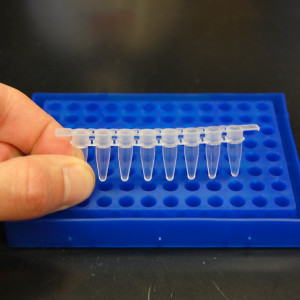
At the end of a PCR run, the thermocycler has made a DNA solution that consists overwhelmingly of a single manageably short sequence. From this point, a person can use that solution to address many different questions of molecular genetics or as a starting point for applications in biotechnology. A PCR product can be introduced into bacteria or yeast and used to produce protein, such as human insulin. The sequence of its subunits can be determined to look for mutations causing disease or to compare the evolutionary diversity of different individuals or species. The sequence of PCR products can even be modified during their creation or afterward with particular proteins and then re-introduced into the original organism to study biological processes or treat disease. PCR is part of the technology that underlies the genetic modification of organisms in agriculture. The effort to sequence the human genome relied heavily on PCR and thermocyclers.
So while it may not be much to look at, a thermocycler is a device that deserves awe and appreciation.

